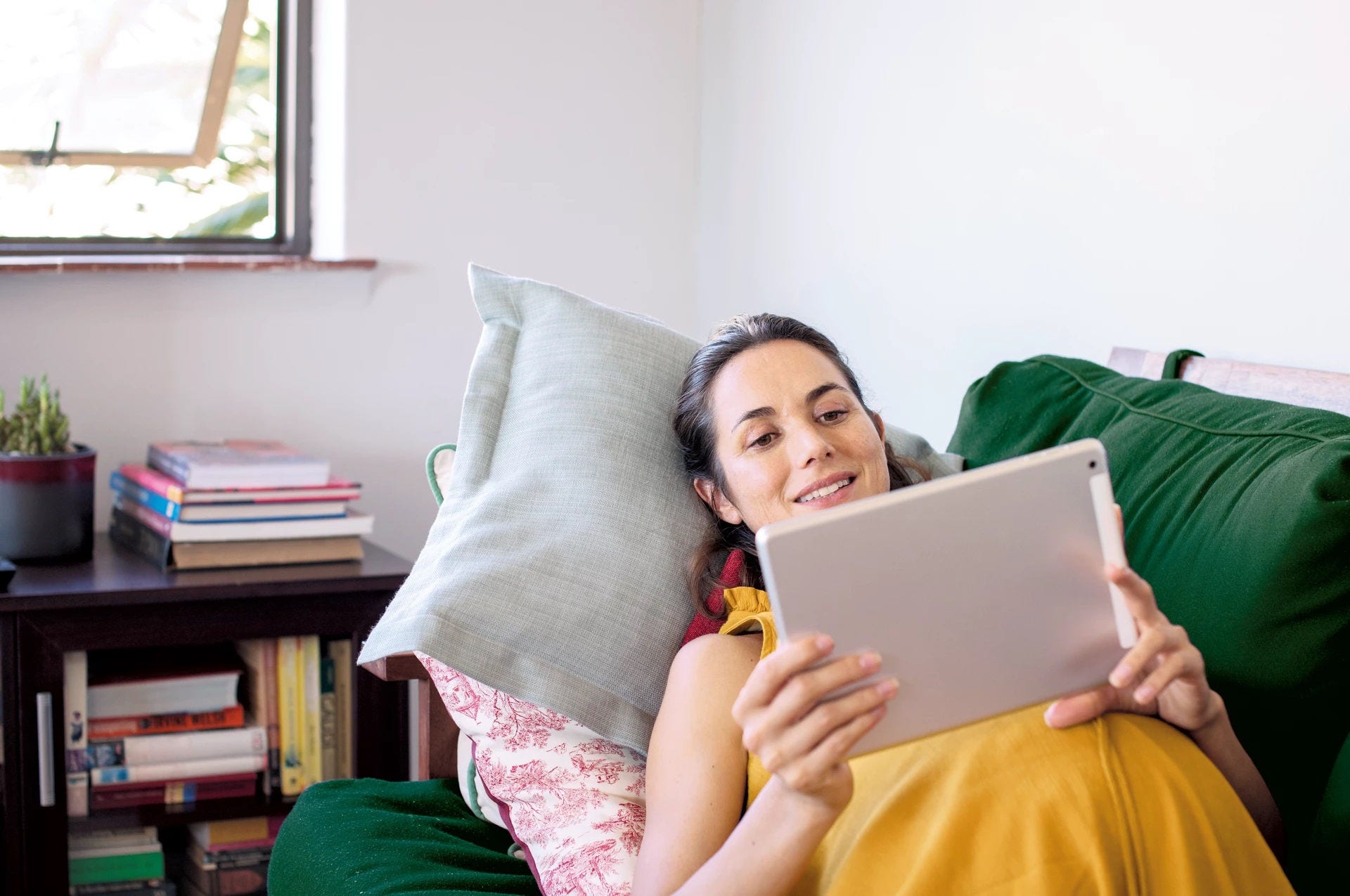About one in five pregnant women experience some degree of pelvic pain during pregnancy. There are lots of different things you can try to manage your discomfort, so don't just grin and bear it- talk to your midwife and get diagnosed as soon as possible.
Pelvic pain in pregnancy
Pelvic pain or SPD symptoms
Pelvic pain in pregnancy can also be known as symphysis pubis dysfunction (SPD) or pregnancy related pelvic girdle pain (PPGP). As every woman and pregnancy is different, symptoms will vary but can include:
- pain across one or both sides of your lower back
- a centralised pain over the front of your pubic bone
- pain around the area between your vagina and bottom (perineum)
- pain spreading to the thighs
- clicking or grinding sensations and/or noises in the pelvic area
The pain can be at its worst when you walk, turn over in bed, stand on one leg (e.g. when you're pulling on a sock or going upstairs), or move your legs apart (e.g. when you get on a bicycle).
The good news is that PPGP is not harmful to your baby and, with early advice and treatment, there are ways it can be managed. In fact, most women go onto have a normal labour and birth. If you are experiencing pelvic pain, it is a good idea to mention it to your midwife when discussing your birth plan as they will be able to advise the best positions to make you most comfortable during labour.

What causes SPD?
SPD occurs when your pelvic joints become stiff or misaligned. It may be linked to your pelvic joints moving unevenly, the weight or position of your baby, or an old pelvic injury.
You may also be more likely to experience SPD if you have a general history of pelvic or lower back pain, or have had pelvic pain during a previous pregnancy - but sometimes there isn't an explanation for why it has developed.
Managing and treating pelvic pain in pregnancy
Your GP or midwife may refer you to a obstetric physiotherapist, who can advise you on helpful exercises; movements and activities to avoid; and useful equipment, such as a support belt to help relieve pain.
In the meantime, here are some handy tips to help you minimise your discomfort:
- Be as active as you can without making the pain worse. Gentle swimming or simply moving in the water can help alleviate any pressure on your joints. After any activity, always ensure you also get some rest
- Keep your knees together when getting in and out of a car
- Go upstairs backwards or on your bottom
- When turning over in bed, keep your knees and buttocks squeezed together
- Avoid lifting heavy things or pushing awkward/heavy objects, such as a vacuum or loaded supermarket trolley
- Sit down when you're getting dressed
- Wear flat, supportive shoes
If you have any further questions or you'd like to know more about pregnancy, why not give our Careline experts a call on 0800 977 8880 or ask us a question online, instantly, using Live Chat Monday to Friday, 8am- 8pm.
More from pregnancy
Pregnancy topics
Need free advice with a smile? Get in touch with our dedicated Care team.
Ask us a question (8am - 8pm Mon-Fri, 10am - 5pm Weekends)
Messenger
Message us (10am-10pm Mon-Sat, 10am-5:30pm Sun)
Call Us
Call us on 0800 977 8880 (8am-8pm Mon-Fri, 10-5pm Sat)
FAQs
Get answers to your most frequently asked questions













